Distance learning is becoming more important in every education environment. Kahoot is one of these innovative learning apps that allows students, teachers, and educational institutions to quickly create multiple choice quizzes and trivia games for enhancing the whole education experience.
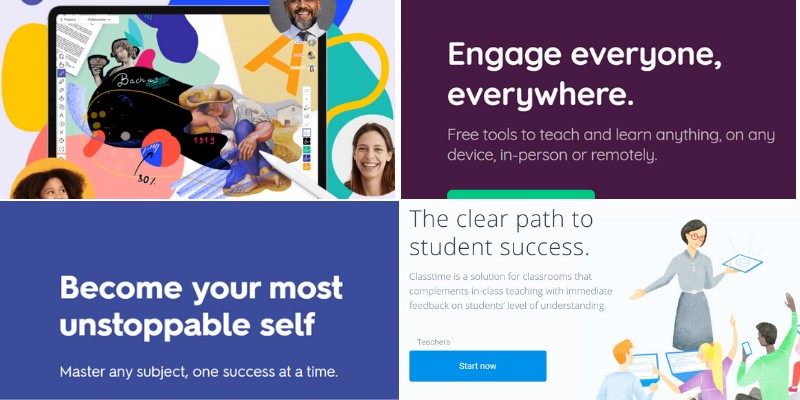
These games are called Kahoots, and can easily be accessed from the Kahoot application or a web browser.
This makes it easy for teachers and other instructors to engage with students at a distance. It also provides a fun environment for online learning.
As popular as Kahoot is, there are certainly a wealth of similar applications and sites that are worth looking into, including some of the following that are discussed below.
We have curated a list of some great Kahoot alternatives that you can use in your profession to offer the best learning experience.
1) Quizizz
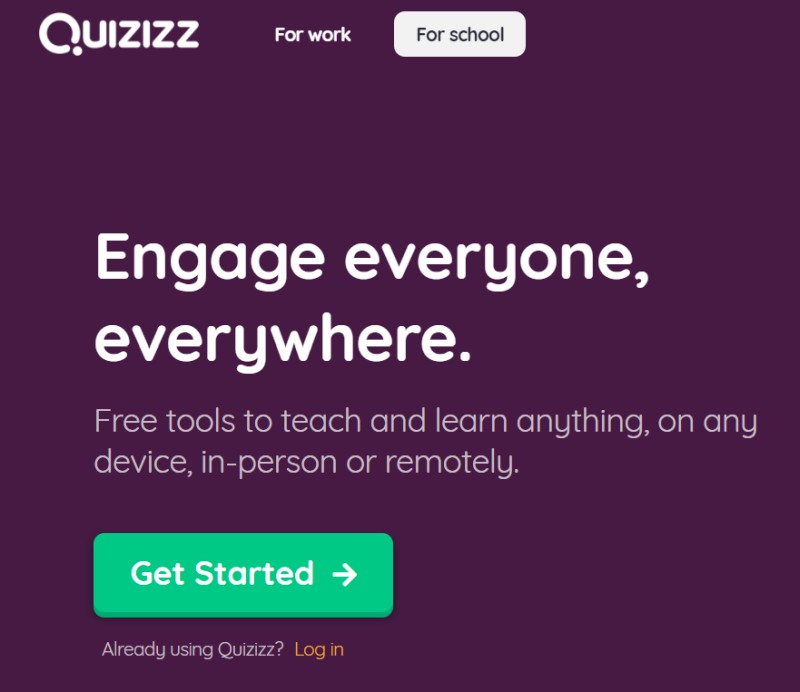
Quizizz has a motto of being able to be used everywhere by everyone. The website is very user friendly and attractive, and the service itself is used by over 20 million students in homes and workplaces globally.
One of the best things about Quizizz is that it supports live video conferencing, so teachers can get involved and engage their students.
Questions can also be seen at all times on the student’s screen, making it a user-friendly experience. The service supports quizzes and polls, and these can be answered in real time, or at the student’s own leisure.
Overall, for a free service, Quizizz offers some excellent features for both students and teachers.
2) Gimkit
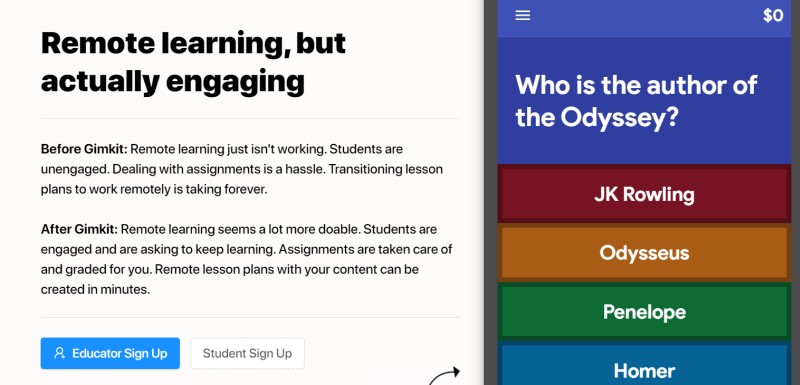
Gimkit offers distance learning that really engages students. Originally coded by a high school student, the service sells itself as really being able to connect with kids around the world.
Where other services simply offer teacher-created polls and quizzes, Gimkit takes this one step further by making a game out of it. When questions are answered correctly, students can earn in-game money. When they answer incorrectly, they lose this money.
The money itself can be used inside the application via a virtual shop to purchase power-ups and level ups. Gamifying the experience is an interesting choice and one that will likely appeal to many young people.
3) Quizlet
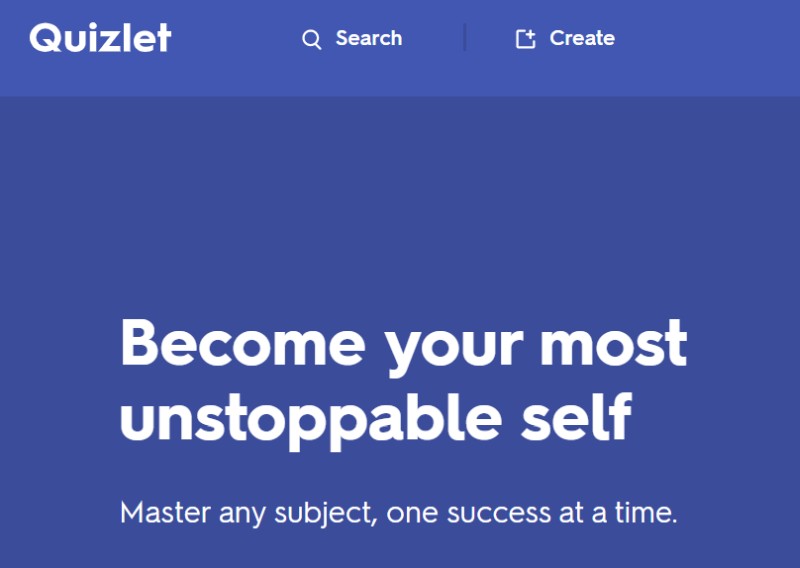
Quizlet is a lovely looking site with plenty of neat graphics and negative space. It’s easy to sign up as a teacher or parent.
Quizlet takes an interesting approach that many will find eminently accessible. Some distance learning applications seem complex right from the first sign in, but Quizlet breaks lessons down into subject areas and topics. Students never feel overwhelmed with information, and the small achievements are really highlighted.
In this way, Quizlet really encourages learning and the free study modes and study sets provided by the service encompass a wide range of subject areas.
There’s even an in-class game that can be used right inside the classroom to support better learning outcomes.
4) AhaSlides
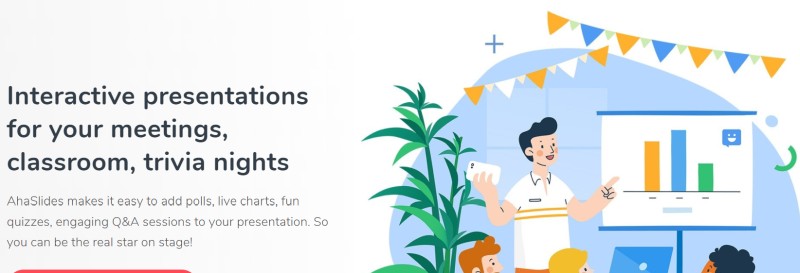
Ahaslides is an excellent learning and engagement resource for educators, students, and teachers. Though it is certainly possible to create quizzes, one of the best features is the ability to crowd-source information in real time from participants.
This means that a whole group of educators can get together and brainstorm an entire quiz on specific topics and choose the best questions.
AhaSlides can also function perfectly well as a Microsoft PowerPoint-like experience. Online virtual slides can be prepared with both text and questions to have students answer either at their leisure or in real time. The results can even be displayed in beautiful looking graphs for everyone to see.
5) Poll Everywhere

Poll Everywhere is primarily aimed at teams, but any educator can use this to source and create questions. The real power of Poll Everywhere is in the capacity to engage with audiences in real time and get real-time feedback.
For example, a distance educator can easily deliver a webinar or online lecture and gather real-time feedback from participants as the course is progressing.
This can turn just a regular conversation into a two-way compelling experience with high levels of audience engagement.
There is a free tier, but the maximum number of participants available is only 25. There are other tiers that scale right up to enterprise level organizations.
6) ClassTime

The aptly named ClassTime is a classroom learning enhancement tool that gives teachers the time and freedom to get on with their real job: helping students to learn in a supportive environment. Indeed, the well-designed website is welcoming as soon as you open the page.
The power of ClassTime is that it offers teachers a way to create worksheets and quizzes and get real time feedback during class.
This means that students can participate on their phones, laptop, or desktop, and then answer questions in real time. The teacher can see at a glance how the learning is progressing.
Additionally, ClassTime also offers in-application games that students can work in teams to solve and play. This creates a supportive and fun environment for learning, and also saves the teacher precious time.
7) BookWidgets
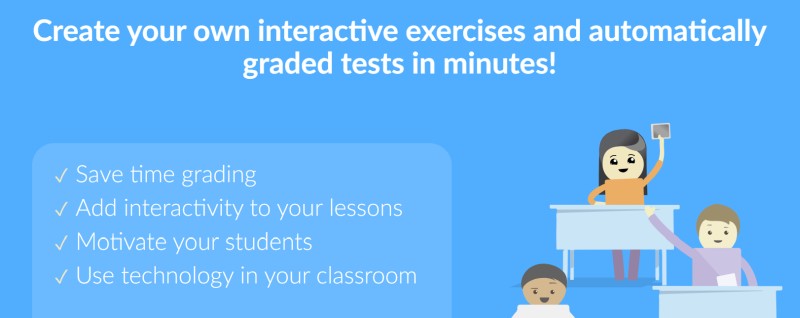
BookWidgets is aimed at educators of all levels, from elementary school to tertiary level professors. It allows for quick and easy creation of questions and assignments.
One of the best features is that BookWidgets offers over 40 learning templates, including crosswords, riddles, and memory games.
Students can participate at any time, and the teacher who created the learning exercises can see progress in real time.
This allows them to keep track of how well the students are doing, saving them time on marking individuals. It also works well with Google Classroom, Moodle, and Microsoft Teams, among others.
8) PhotoMath
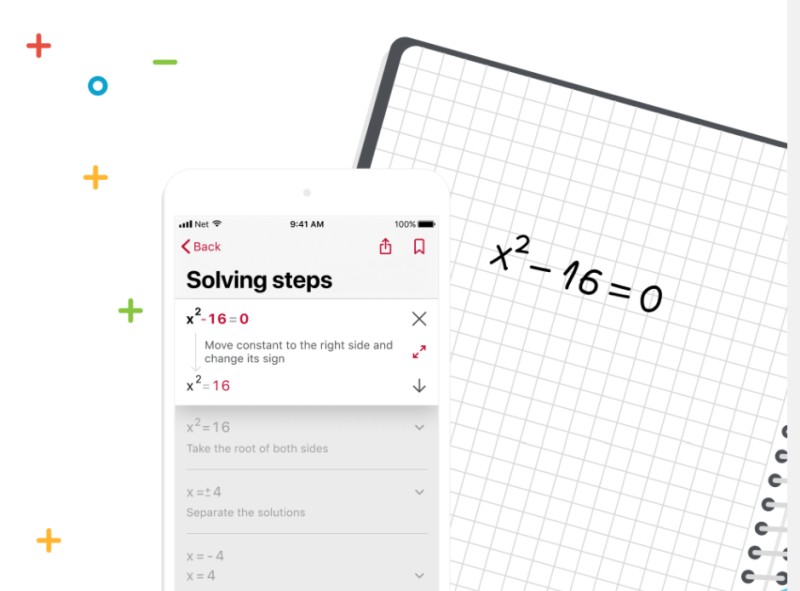
PhotoMath is a great learning service for both those who are great at math and those who have challenges. One of the best features is that you can do a sum on paper and then use the app to scan it and check your answer to see if you got it right. In this sense, PhotoMath can really enhance classroom learning.
PhotoMath can also show a step-by-step visual guide to how a math problem is solved. Often, students will simply write an answer without understanding how they got there. PhotoMath solves this issue through a clever application of technology.
9) TopHat
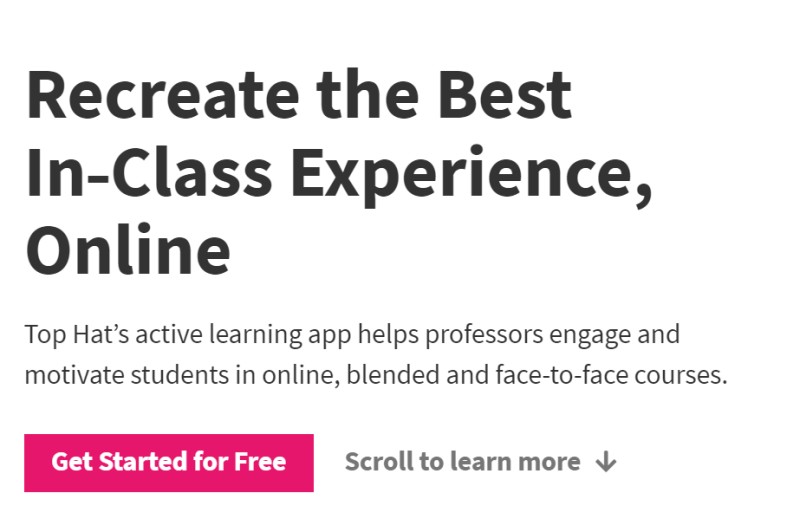
TopHat is an engaging learning tool for higher level education. In many ways, it replaces tools such as Zoom because you can stream live classes or even play back old ones at your leisure.
All this can be integrated seamlessly with quizzes, polls, and engaging discussions to promote enhanced distance learning.
TopHat is a serious tool and boasts an impressive website and great features. There are even built-in assessments so that students can learn at their own pace and be marked automatically.
All of this is accessible by the educators so that they can check on progress and provide in-line feedback when necessary.
10) Explain Everything
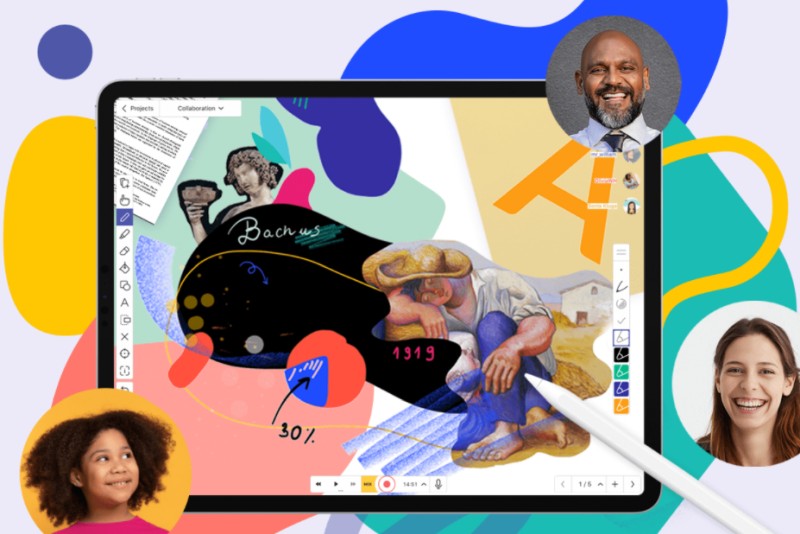
Explain Everything is a fantastic website with lots of white space and clear directions. This is just what you’d expect of a modern digital whiteboard application.
As an educator, you can easily embed videos in the online whiteboard that all students can access. You can even embed videos into personal student whiteboards if they happen to need extra help with their learning.
Collaborative learning is also a big part of the application too. It supports group assigned projects, so that each team can work on an assignment in their own shared whiteboard in the cloud.
11) Google Classroom
Google Classroom is a great tool, primarily because so many educators and students already have Google accounts already.
Teachers can easily share a code directly with students so they can access a suite of online learning that has been prepared making it an absolute snap to use.
Not only this, but Google Classroom allows teachers to send updates directly to parents and guardians on the progress of their kids.
This, along with the fact that a virtual class can be set up very quickly, shared quickly, populated with work and assignments, and can appear in the student calendars makes this a comprehensive learning tool.
12) Seesaw
While many applications simply depend on quizzes made by teachers, Seesaw offers a variety of learning tools, including online collage, video recording, digital drawing, and so on.
Students can even use built-in annotations in their work that teachers can access and read to see how they are progressing.
There are also a wide variety of existing learning templates that educators can use in their process. These are divided into topic areas and grades to make it very easy to choose something appropriate for students and their level.
Finally, Seesaw allows up to 10 family members to be a part of the process so that they can also keep an eye on progress and even engage with the educator for further information and insight.
Conclusion
In today’s world, when more and more students need to access tools for online learning because they cannot attend school, these remote learning tools provide a great and safe space for progress.
Some of them are free, while others provide limited free tiers, but each one offers something different so that students and educators can find the right tool for them.
Hi Harris,
I like how you took the time to explain what every tool does and how they relate to Kahoot.
Have you heard of https://schnaq.com ? (Disclaimer: I work on it)
It allows for polls, small games with your students and also to have them discuss some topics in a structured way, which is perfect for e.g. discussions as homework.
Happy to answer any question you might have. Just contact me at my email address.